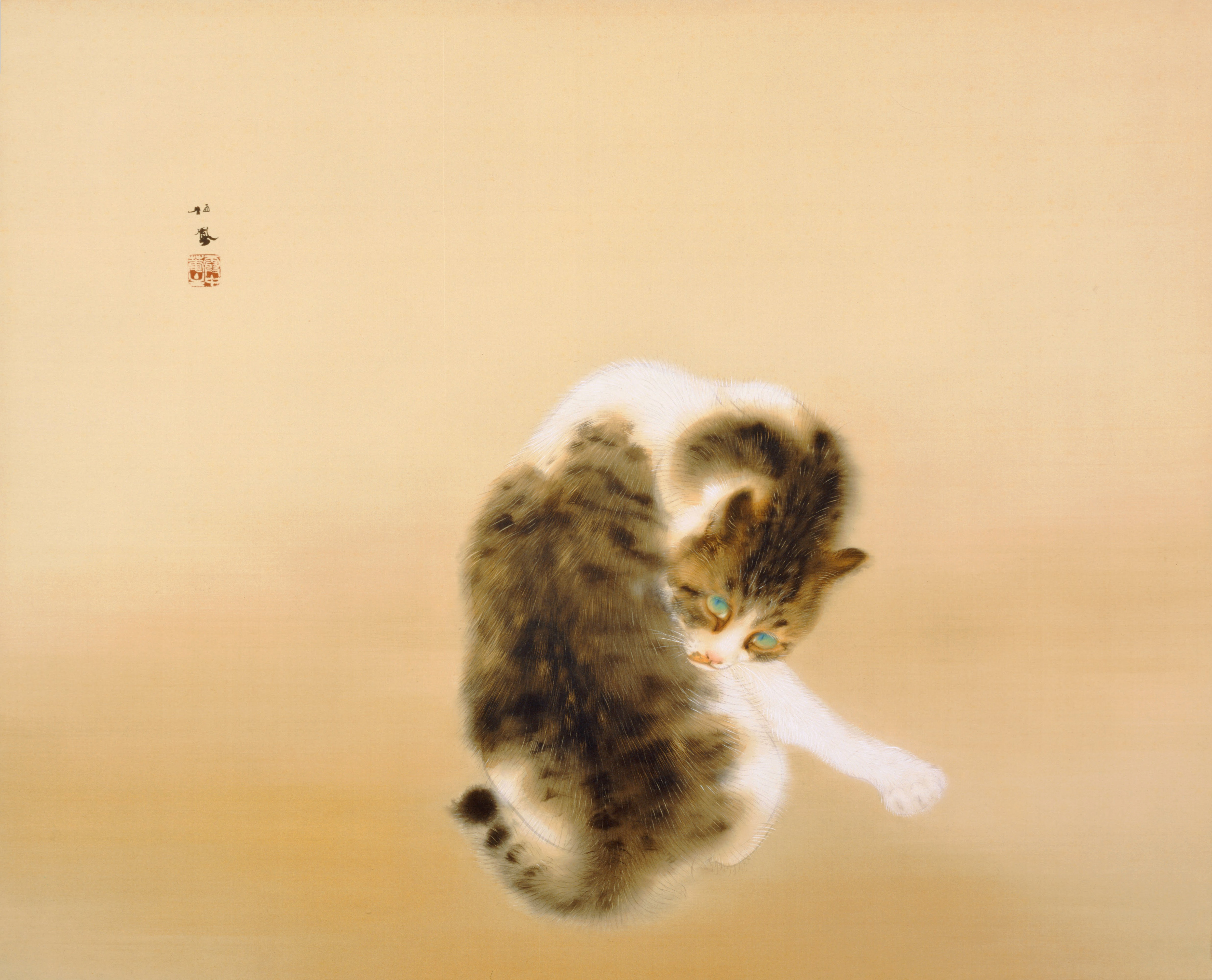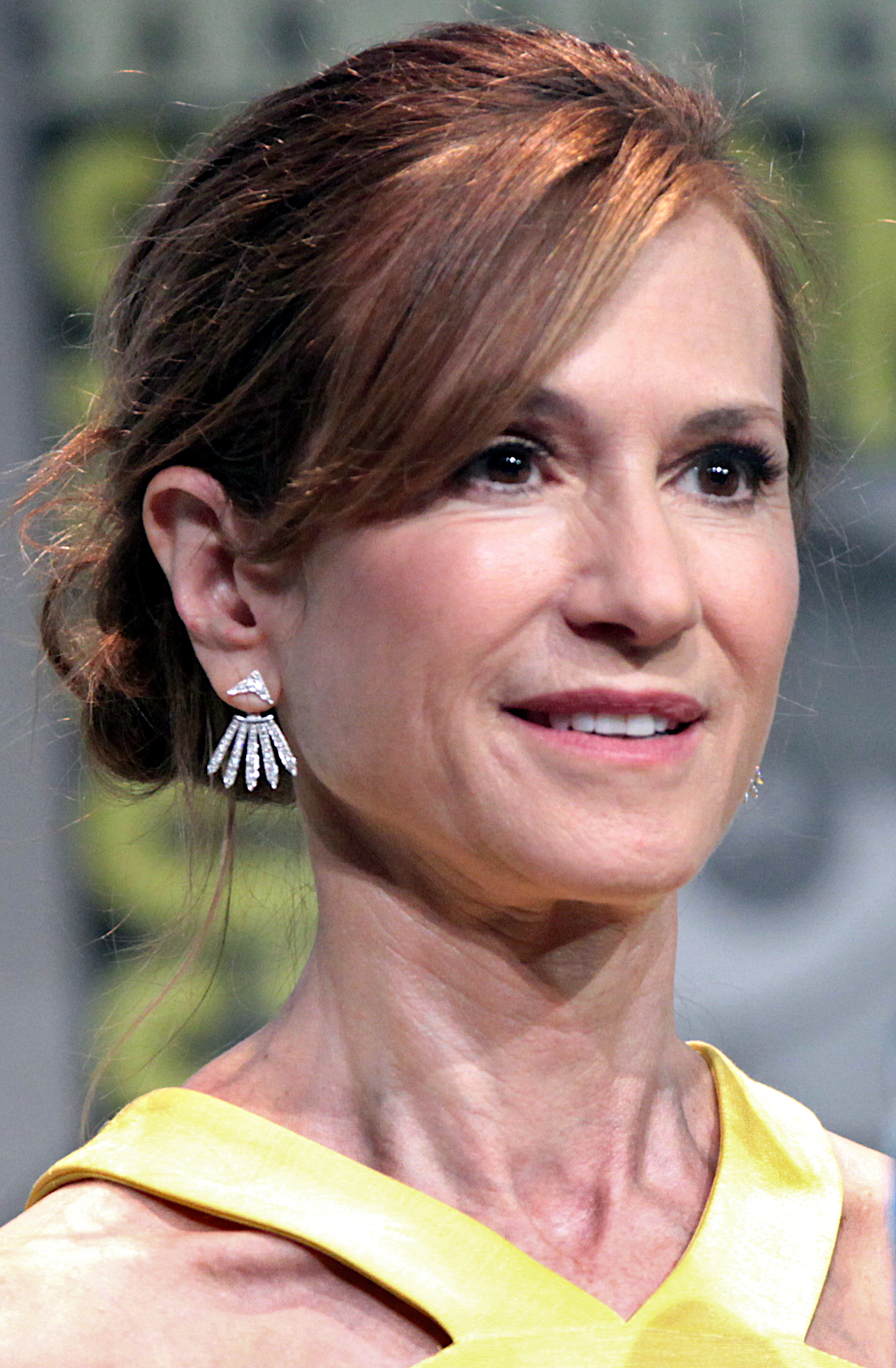|
Nishiyama Suisho
was a Japanese painter. Early life Nishiyama Suishō was born "Nishiyama Usaburo" in Kyoto in 1879. He studied with Takeuchi Seihō (1864-1942), a famous painter from Kyoto. In 1915, he married Takeuchi Tei, one of his master's daughters. Career In 1899, Nishiyama graduated from Kyoto City School of Arts and Crafts. Soon after, he became head of Kyoto City Specialist School of Painting. In time, he and Kikuchi Keigetsu (1879-1955) became important figures in the Kyoto art world. Nishiyama exhibited in Teiten, Bunten, and Inten, art exhibitions sponsored by the government. Also, he was a member of the Imperial Art Academy and Imperial Household Art Committee. He received the Order of Cultural Merit in 1957. Nishiyama was most well known for his paintings and, thus, produced few prints. Notable Pupils * Tatsu Hirota * Kuma Mukai was a Japanese painter born in Osaka Prefecture, Japan in 1908. He lived for some time in Kamakura before his death in Tokyo in 1987. He is well kno ... [...More Info...] [...Related Items...] OR: [Wikipedia] [Google] [Baidu] |
Takeuchi Seihō
(December 20, 1864 – August 23, 1942) was a Japanese painter of the '' Nihonga'' genre, active from the Meiji through the early Shōwa period. One of the founders of ''nihonga'', his works spanned half a century and he was regarded as master of the prewar Kyoto circle of painters. His real name was . Biography Seihō was born in Kyoto. As a child, he loved to draw and wanted to become an artist. He was a disciple of Kōno Bairei of the Maruyama-Shijō school of traditional painting. In 1882, two of his works received awards at the ''Naikoku Kaiga Kyoshinkai'' (Domestic Painting Competition), one of the first modern painting competitions in Japan, which launched him on his career. During the Exposition Universelle in Paris (1900), he toured Europe, where he studied Western art. After returning to Japan he established a unique style, combining the realist techniques of the traditional Japanese Maruyama–Shijo school with Western forms of realism borrowed from the techniqu ... [...More Info...] [...Related Items...] OR: [Wikipedia] [Google] [Baidu] |
Tatsu Hirota
was a Japanese painter. Tatsu Hirota was born in Kyoto, Japan, where she lived until her death in 1990. Hirota is best known for her paintings of ''jinbutsu'' (figure painting). She is widely noted for her paintings of nudes and maiko girls. Early life Although she grew up in a very poor family, Hirota loved to paint as a child and by the age of 12 had decided that she wanted to become a painter. She began to pursue her ambition. After beginning her studies with one painter and feeling as though she wasn't learning much, she opted for a change. Hirota's second master was Kainosho Kusune, who later introduced her to Takeuchi Seihō (1864-1942), Kyoto's most famous painter at the time, in the 1930s. LateNishiyama Suishō(1879-1958) began teaching her. During this time she met her husband-to-be, Kuma Mukai, who was also studying as a painter under Nishiyama. The couple had two children, a son, and a daughter. Career She exhibited and thrice won top prizes at thNittenand Shin- ... [...More Info...] [...Related Items...] OR: [Wikipedia] [Google] [Baidu] |
Kuma Mukai
was a Japanese painter born in Osaka Prefecture, Japan in 1908. He lived for some time in Kamakura before his death in Tokyo in 1987. He is well known for his paintings of nude women, Buddhist images, and floral designs. Early life After he graduated one of the art colleges in Kyoto, he worked as a designer of Kimono The is a traditional Japanese garment and the national dress of Japan. The kimono is a wrapped-front garment with square sleeves and a rectangular body, and is worn Garment collars in hanfu#Youren (right lapel), left side wrapped over ri ... texture for traditional Japanese clothes. He started to be a painter and taught bNishiyama Suisho(1879-1958). It was during this time that he met his wife-to-be, Tatsu Hirota, who was also studying as a painter under Nishiyama. The couple had two children, a son and a daughter. Career He exhibited his painting of the birth of his son, "Dan-ji-umaru" and won a top prize at Shin-Bunten in 1941. In 1974, he became a ... [...More Info...] [...Related Items...] OR: [Wikipedia] [Google] [Baidu] |
Nakamura Daizaburō
Nakamura Daizaburō 中村大三郎 (1898–1947) was a Japanese painter active during the Taishō and Shōwa eras. He was born in Kyoto, the eldest son of a kimono dyer. He studied at the Kyoto Municipal School of Fine Arts and Crafts from 1912 to 1916. He then entered the Kyoto Municipal School of Painting, where he studied under Nishiyama Suisho, and was appointed to the faculty in 1925. Like his teacher, Nishiyama Suisho, Daizaburō is best known for his paintings of women, such as ''Heron Maiden''.Brown, Kendall H. and Sharon A. Minichiello, ''Taisho Chic: Japanese Modernity, Nostalgia, and Deco'', Honolulu Academy of Arts、2002, p. 76 The Art Institute of Chicago and the Honolulu Museum of Art The Honolulu Museum of Art (formerly the Honolulu Academy of Arts) is an art museum in Honolulu, Hawaii, Hawaii. The museum is the largest of its kind in the state, and was founded in 1922 by Anna Rice Cooke. It has one of the largest single co ... are among the public coll ... [...More Info...] [...Related Items...] OR: [Wikipedia] [Google] [Baidu] |
1879 Births
Events January * January 1 ** The Specie Resumption Act takes effect. The United States Note is valued the same as gold, for the first time since the American Civil War. ** Brahms' Violin Concerto is premiered in Leipzig with Joseph Joachim as soloist and the composer conducting. * January 11 – The Anglo-Zulu War begins. * January 22 – Anglo-Zulu War – Battle of Isandlwana: A force of 1,200 British soldiers is wiped out by over 20,000 Zulu warriors. * January 23 – Anglo-Zulu War – Battle of Rorke's Drift: Following the previous day's defeat, a smaller British force of 140 successfully repels an attack by 4,000 Zulus. February * February 3 – Mosley Street in Newcastle upon Tyne (England) becomes the world's first public highway to be lit by the electric incandescent light bulb invented by Joseph Swan. * February 8 – At a meeting of the Royal Canadian Institute, engineer and inventor Sandford Fleming first proposes the global ... [...More Info...] [...Related Items...] OR: [Wikipedia] [Google] [Baidu] |
1958 Deaths
Events January * January 1 – The European Economic Community (EEC) comes into being. * January 3 – The West Indies Federation is formed. * January 4 ** Edmund Hillary's Commonwealth Trans-Antarctic Expedition completes the third overland journey to the South Pole, the first to use powered vehicles. ** Sputnik 1 (launched on October 4, 1957) falls towards Earth from its orbit and burns up. * January 13 – Battle of Edchera: The Moroccan Army of Liberation ambushes a Spanish patrol. * January 27 – A Soviet-American executive agreement on cultural, educational and scientific exchanges, also known as the "Lacy-Zarubin Agreement, Lacy–Zarubin Agreement", is signed in Washington, D.C. February * February 1 – Egypt and Syria unite to form the United Arab Republic. * February 2 – The ''Falcons'' aerobatic team of the Pakistan Air Force led by Wg Cdr Zafar Masud (air commodore), Mitty Masud set a World record loop, world record performing a 16 aircraft diamon ... [...More Info...] [...Related Items...] OR: [Wikipedia] [Google] [Baidu] |


